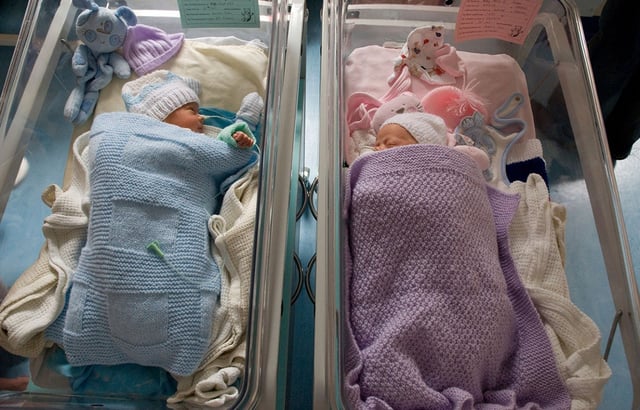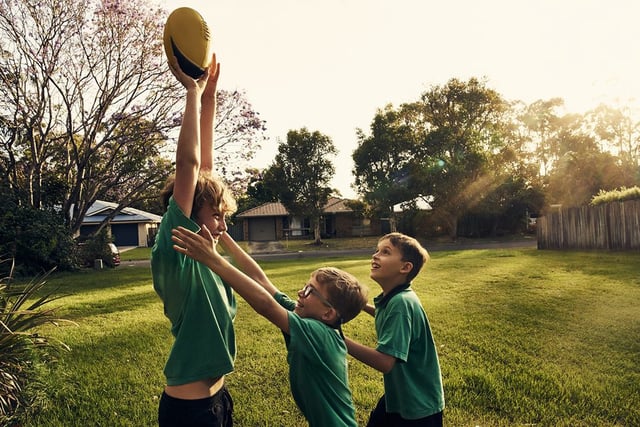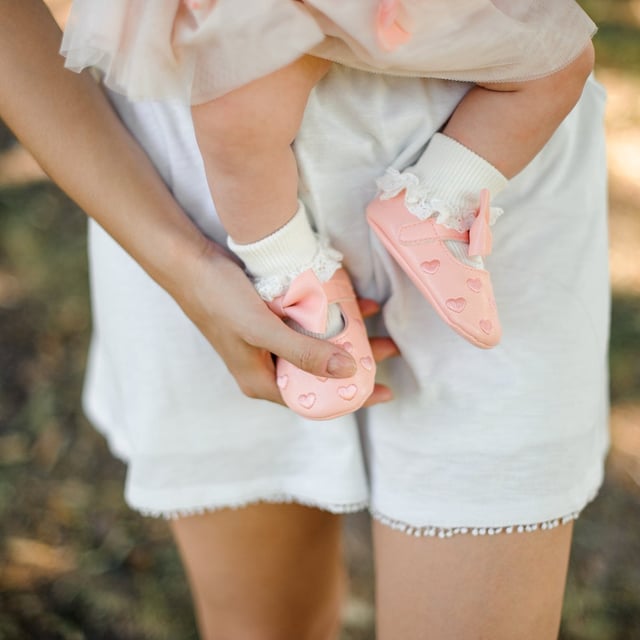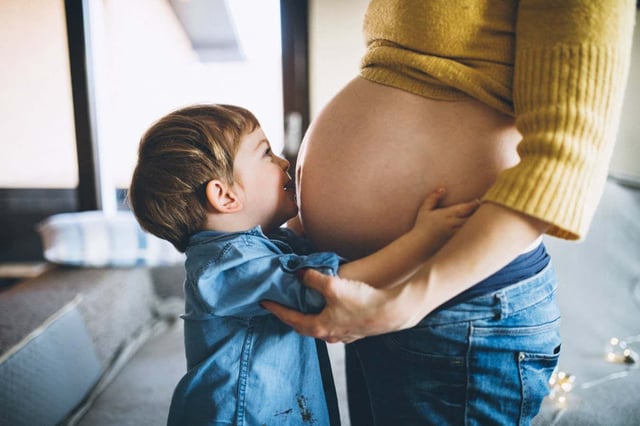Overview
- Analysis of 58,007 U.S. nurses born between 1956 and 2015 shows families with three boys have a 61% chance of another boy and those with three girls have a 58% chance of another girl.
- Women aged 29 or older at first birth face about a 13% higher likelihood of having all male or all female children compared to those under 23.
- Genomic screening identified a variant in NSUN6 on chromosome 10 linked to daughters and a variant near TSHZ1 on chromosome 18 linked to sons as influencing offspring sex.
- Excluding last births to control for parental stopping behavior did not eliminate same-sex clustering, underscoring the robustness of maternal and genetic biases.
- Critics led by Brendan Zietsch cite a Swedish population cohort that failed to replicate these findings, prompting calls for broader, more diverse studies that include paternal data.



